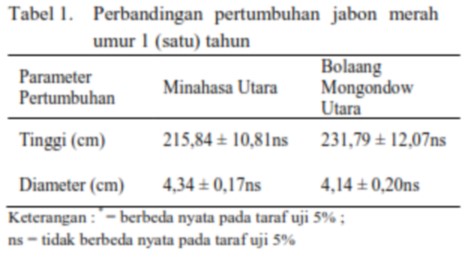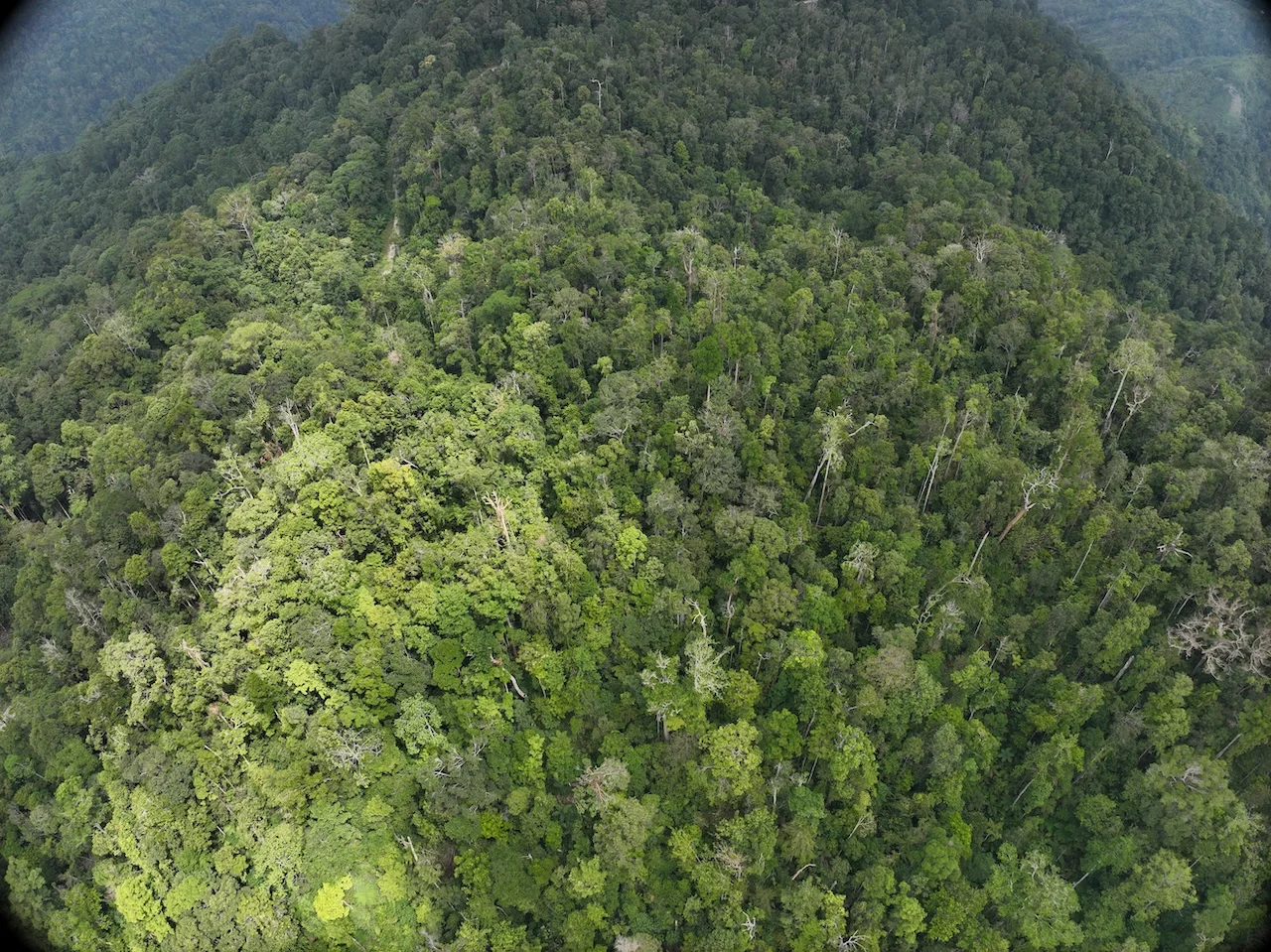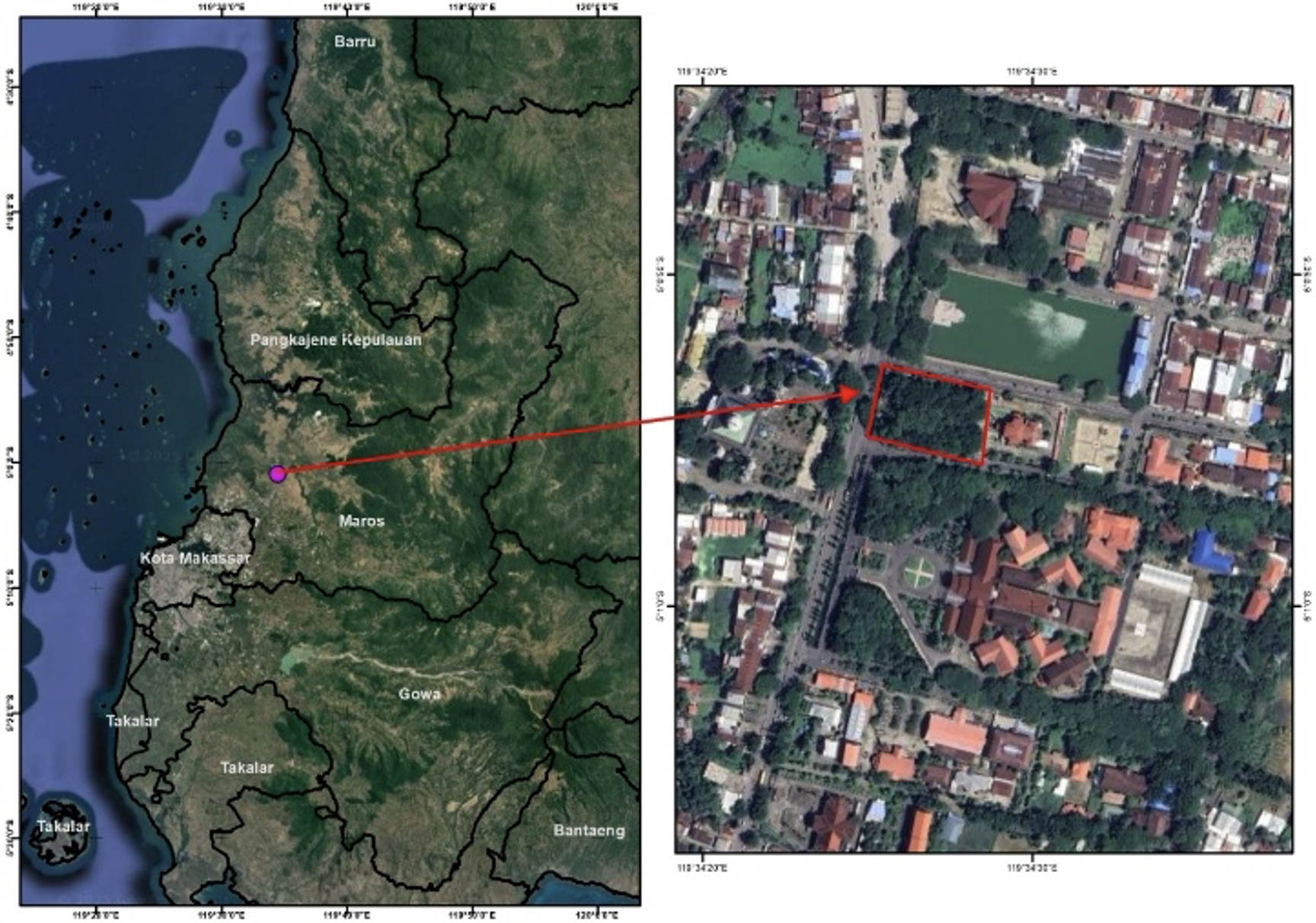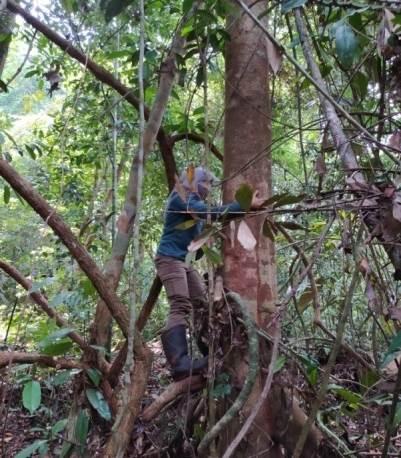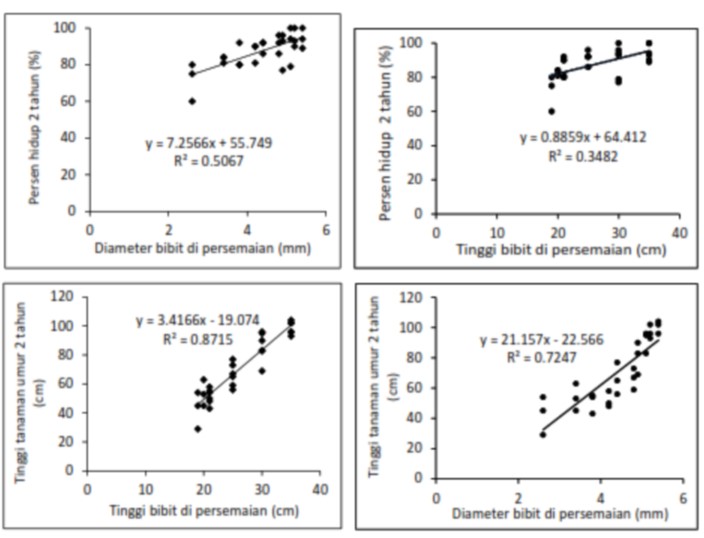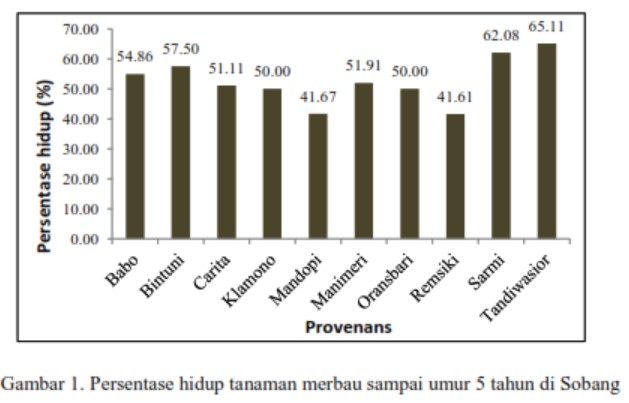Growth Comparison of Red Jabon in North Bolaang Mongondow and North Minahasa
Abstract
Red Jabon is priority species that projected to be developed in plantation forests of North Minahasa Regency. Red Jabon is can adapt well various environmental conditions. The natural habitat of the red Jabon in North Sulawesi region was known in North Bolaang Mongondow. This study aimed to compare the growth of red jabon at the age of 1 year in North Minahasa Regency and North Bolaang Mongondow. The experiment was conducted in two (2) locations i.e. in Talawaan Village (North Minahasa Regency) and Nunuka Village (North Bolaang Mongondow). Two independent samples t test was conducted to determine the differences in height and diameter growth parameters at two test sites.The results showed that there was no difference in the growth of red Jabon between North Minahasa and North Bolaang Mongondow. The average height and diameter of red Jabon in North Minahasa Regency is at 215.84 cm and 4.34 cm, while the same parameters of North Bolaang Mongondow amounted to 231.79 cm and 4.14 cm. The development efforts on the plantations of red Jabon North Minahasa Regency need to be improved because of the environmental conditions in this region is very suitable for the growth of red Jabon.
Copyright (c) 2016 Jurnal Wasian

This work is licensed under a Creative Commons Attribution-NonCommercial 4.0 International License.
Copyright and License
All articles published in Wasian Journal are the property of the authors. By submitting an article to Wasian Journal, authors agree to the following terms:
-
Copyright Ownership: The author(s) retain copyright and full publishing rights without restrictions. Authors grant the journal the right to publish the work first and to distribute it as open access under a Creative Commons Attribution 4.0 International License (CC BY 4.0).
-
Licensing: Articles published in Wasian Journal are licensed under a Creative Commons Attribution 4.0 International License (CC BY 4.0). This license allows others to share, copy, and redistribute the material in any medium or format, and adapt, remix, transform, and build upon the material for any purpose, even commercially, provided that proper credit is given to the original author(s) and the source of the material

This work is licensed under a Creative Commons Attribution 4.0 International License. -
Author's Rights: Authors are permitted and encouraged to post their work online (e.g., in institutional repositories or on their website) prior to and during the submission process, as it can lead to productive exchanges and greater citation of published work.
-
Third-Party Content: If your article contains material (e.g., images, tables, or figures) for which you do not hold copyright, you must obtain permission from the copyright holder to use the material in your article. This permission must include the right for you to grant the journal the rights described above.
-
Reprints and Distribution: Authors have the right to distribute the final published version of their work (e.g., post it to an institutional repository or publish it in a book), provided that the original publication in Wasian Journal is acknowledged.
For the reader you are free to:
- Share — copy and redistribute the material in any medium or format for any purpose, even commercially.
- Adapt — remix, transform, and build upon the material for any purpose, even commercially.
- The licensor cannot revoke these freedoms as long as you follow the license terms.
Under the following terms:
- Attribution — You must give appropriate credit , provide a link to the license, and indicate if changes were made . You may do so in any reasonable manner, but not in any way that suggests the licensor endorses you or your use.
- No additional restrictions — You may not apply legal terms or technological measures that legally restrict others from doing anything the license permits.
Notices:
You do not have to comply with the license for elements of the material in the public domain or where your use is permitted by an applicable exception or limitation .
No warranties are given. The license may not give you all of the permissions necessary for your intended use. For example, other rights such as publicity, privacy, or moral rightsmay limit how you use the material.
Most read articles by the same author(s)
- Arif Irawan, Illa Anggraeni Anggraeni, Margaretta Christita, Identification Causes Leaf Spot Disease in Cempaka (Magnolia elegans (Blume.) H.Keng) Seedling and Its Control Techniques , Jurnal Wasian: Vol. 2 No. 2 (2015): December
- Dyah Arum Kusumaningsih, Kanti Suraningsih, Dwi Sri Nuryanti, Arif Irawan, Marciano Borges Ximenes, Indah Susilowati, Study of Economic Value of Water for Domestic and Agricultural Uses in Grojogan Sewu Nature Tourism Parkwater Conservation , Jurnal Wasian: Vol. 9 No. 1 (2022): June
- Arif Irawan, Hanif Nurul Hidayah, Suitability of Cocopeat as a Transplanting Media in the Polytube of Magnolia elegans (Blume.) H. Keng Seedlings , Jurnal Wasian: Vol. 1 No. 2 (2014): December
- Hanif Nurul Hidayah, Illa Anggraeni, Identification of causes of red leaf spot on red jabon (anthocephalus macrophyllus roxb.) Havil) seeds in kima atas permanent nursery, forestry research institute of manado , Jurnal Wasian: Vol. 2 No. 2 (2015): December
- Arif Irawan, Iwanuddin Iwanuddin, Jafred Elsjoni Halawane, Fuad Muhammad, Effect of Fruit Maturity and Extraction Treatment on Germination Percentage of Langusei (Ficus minahassae (Teysm.et.Vr.) Miq)) , Jurnal Wasian: Vol. 7 No. 2 (2020): December

